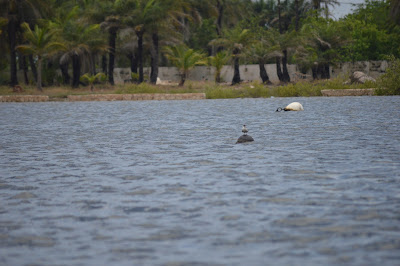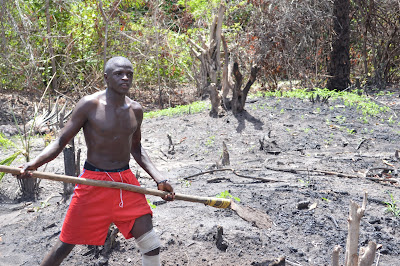Despite all the warnings from the editorial board, the people of Dakar and the canadian government, I still decided to travel to the south of Senegal, the separatist region of Casamance. Though the region is known for its 30 year-old internal conflict, the trip was quite safe. Here are some pictures.
Starting with the end: we were arrested for an irregular visa situation and spent the whole day in the Keur Ayib police station. Our bus left us behind, making the trip back very long and painful, but we finally managed to make it back last night (July 12th).
The Gambian boarder. Photo taken from the police station, July 12th.
The Gambia Crossing. The authoritarian regime does not allow photos and I got arrested by a transportation police officer (the man next to the white bus) for taking one. In the end, there were no consequences.
Gambia River
Gambia River Crossing
Oussouye, Casamance. There seems to be military personnel everywhere.
Fishing near Cap Skiring, Casamance
A small traditionnal community which was only accessible by pirogues.
Beach of Diembéring, Casamance, during a huvernage (rain season). This was a paradisiacal area, no humans around.
Fisherman near Diembéring
Rice plantation in the middle of the jungle, near Diembéring, Casamance
Old couple of rice farmers
La Brousse forest
Street of Ziguinshor, Casamance
Ziguinshor by the sea
Scrapped cars in Zinguinchor
Cemetary in Ziguinchor: a rare place where Muslims and Christians are buried next to each other
Self portrait in Ziguinchor, Casamance


















































